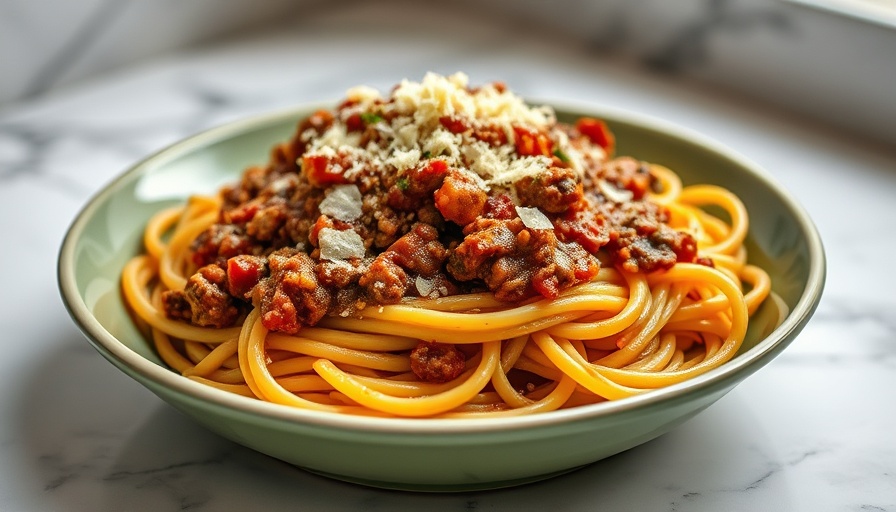
Understanding Gestational Diabetes and Its Risks
Gestational diabetes is a condition that impacts approximately 14% of pregnancies globally, presenting not just immediate challenges during pregnancy, but also contributing to long-term health risks for both mothers and their children. This condition is particularly concerning as it can lead to adverse pregnancy outcomes, and further significantly elevates the risk of chronic disorders like type 2 diabetes later in life. With the growing prevalence of gestational diabetes, evaluating dietary patterns becomes crucial.
In Preventing Gestational Diabetes During Pregnancy with Diet, we explored crucial dietary insights that highlight the importance of nutrition in managing gestational diabetes.
The Role of Diet in Preventing Gestational Diabetes
As discussed in Preventing Gestational Diabetes During Pregnancy with Diet, a growing body of research indicates that a plant-based diet may provide significant benefits in managing blood sugar levels. Such dietary patterns emphasize whole grains, legumes, fruits, vegetables, and nuts while minimizing saturated fats and processed foods. The systematic review highlighted in the video suggests that women who adhere closer to a healthy, plant-based dietary pattern have a notably lower risk of developing gestational diabetes.
Key Nutrients to Focus On
When planning a diet during pregnancy, it’s essential to ensure a well-rounded nutritional profile. Critical nutrients like vitamin B12, vitamin D, DHA, calcium, and iodine must be included reliably. A deficiency in any of these can adversely affect not just the health of the mother but also the developing fetus. Furthermore, integrating sources of essential fatty acids and engaging with local health professionals can bolster dietary plans.
Evidence Supporting Plant-Based Diets
Research supports the assertion that following a plant-based diet can greatly influence outcomes regarding gestational diabetes. The Harvard Nurses' Health Study II offers intriguing insights showing that adherence to plant-based diets is linked to a 20% decrease in hypertensive disorders such as preeclampsia, presenting additional health benefits beyond diabetes risk reduction. This suggests that focusing on a plant-based approach does more than manage immediate risks; it might provide long-lasting health dividends.
Counterarguments and Limitations of Research
Despite the promising evidence supporting plant-based diets during pregnancy, it's important to acknowledge the limitations of current research. Ethical concerns often preclude pregnant women from participating in clinical trials, leading to some discrepancies in data quality. Critics argue that the long-term effects of a vegan diet on growing children remain under-explored, necessitating more quality research in this domain.
Future Directions: The Need for More Comprehensive Research
To effectively design public health guidelines that cater to maternal health, further investigation into the specific nutrient requirements of pregnant women adhering to plant-based diets is crucial. Conducting high-quality, longitudinal studies that include diverse populations can help illuminate the most effective dietary strategies for managing gestational diabetes and promoting overall maternal and fetal health.
Final Thoughts on Dietary Choices During Pregnancy
In sum, a well-planned plant-based diet appears to hold significant promise for preventing gestational diabetes while ensuring nutritional adequacy. As mothers-to-be navigate their dietary choices, it’s essential to base their food selections not just on trends but on comprehensive evidence that outlines the benefits and nutritional requirements essential for both their health and that of their child. Whether you are currently pregnant or planning to conceive, consider discussing your diet with a nutritionist to align your needs with these findings.
For more insights into nutritious lifestyle choices, explore the journey of improving your health through well-informed dietary choices today!
 Add Row
Add Row  Add
Add 







Write A Comment